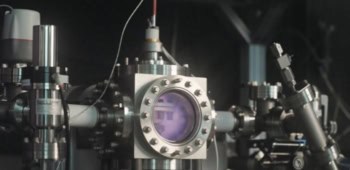As the agreement on the design of the $10bn International Thermonuclear Experimental Reactor (ITER) came to a close on 21 July after six years, three of the project's four partners had already decided to extend the collaboration. While the EU, Japan and Russia agreed to continue the fusion project for a further three years, the US was unable to decide whether to go on. ITER had found itself caught up in Washington's political in-fighting.
The Department of Energy (DOE), which oversees fusion research in the US, wanted to sign the extension. However, the Republican-controlled Congress insisted that the US should not sign it without “Congressional concurrence”. Key members of Congress had such strong doubts about ITER that they withheld their concurrence up to and beyond the deadline. That struggle now threatens to scupper the whole project. The original ITER agreement said that the collaboration would end if all four parties failed to sign an extension. The lack of an American signature could now terminate the entire ITER project – with potentially serious consequences for the domestic fusion programmes of all four participants. Last week, ITER’s council met in Vienna, Austria, and cobbled together an agreement that will keep the ITER collaboration going until their next meeting in October. “The US has completed all the formal preparations to sign the extension agreement except for consultations with Congress, ” the DOE said in a statement. The council also agreed on plans suggested by the US that the ITER directorate should set up more formal efforts to work on “lower-cost, reduced-scope options”. And rather than excluding the US from further activity, the four delegations agreed to continue to work together and to maintain the staff at the three ITER sites.



